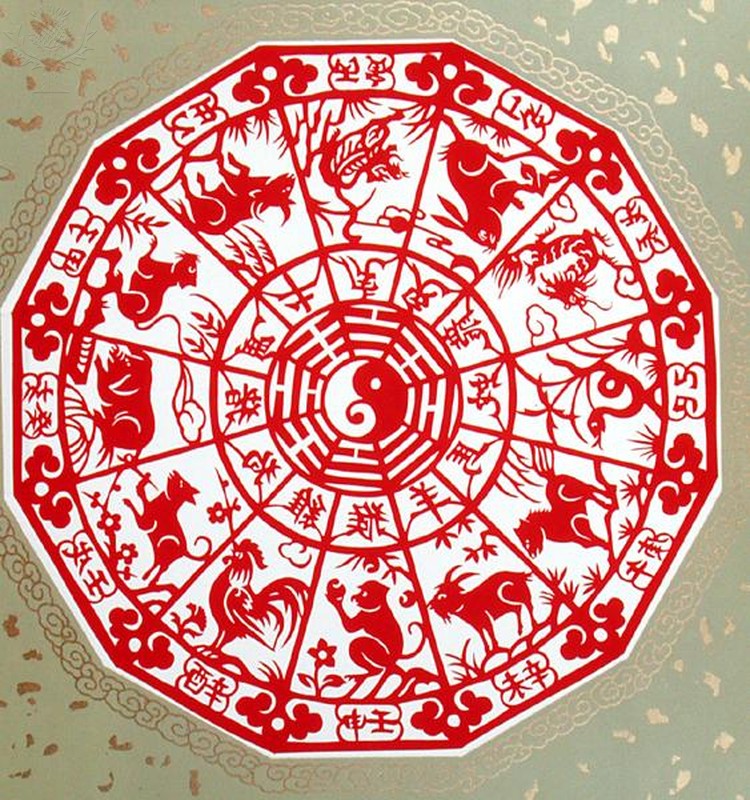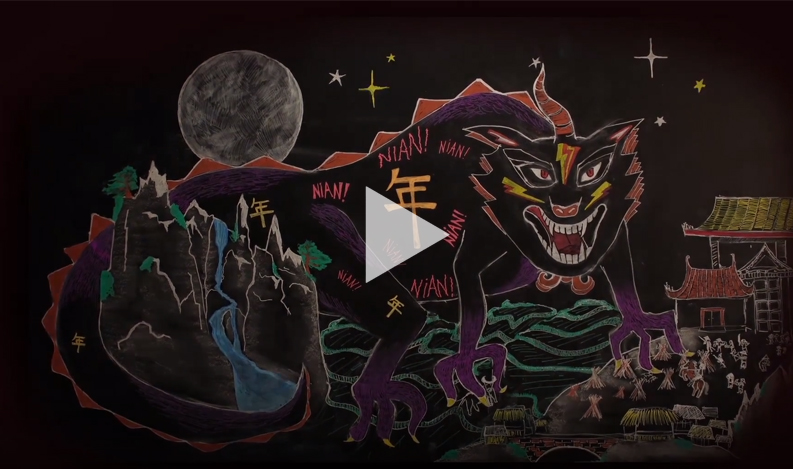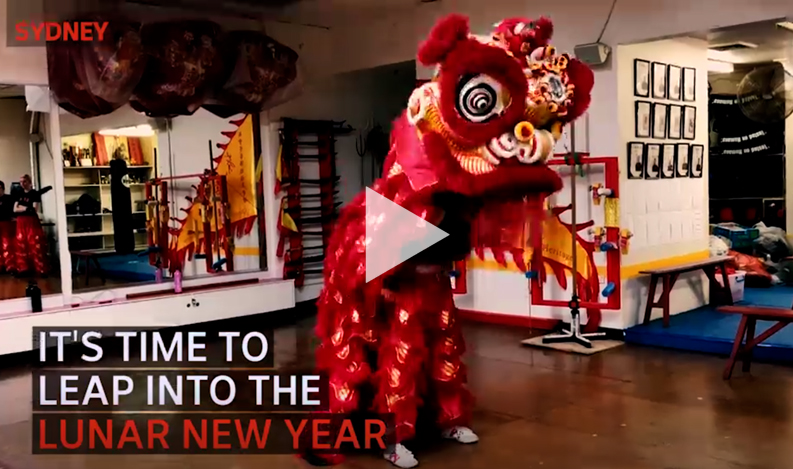Chinese New Year is a major holiday in China and for Chinese communities around the world. Often called Lunar New Year or Spring Festival, the celebration signifies the start of the new year according to the Chinese Lunar calendar.
The 15-day celebration begins with the new moon and lasts until the next full moon. The Gregorian calendar date of the Chinese New Year varies every year, falling anywhere between late January and early February.
The following activities are designed for students of all levels and use resources from Britannica School and other online sources. Contact your library staff to see if your institution already has access to Britannica School or claim your own free trial.
Activity: What’s Your Chinese Zodiac Animal?
Chinese years are named after 12 different animals or Shengxiao: the rat, the ox, the tiger, the hare, the dragon, the snake, the horse, the sheep, the monkey, the fowl, the dog and the pig. On 5 Feb 2019, Chinese communities around the world will celebrate the start of the Year of the Pig.
Chinese culture believes that, depending on the year you were born, you will have various character traits of that year’s animal.
Use the information below to find out your Chinese zodiac animal based on your year of birth. Then dive deeper and research the characteristics and personality traits associated with your animal!
| Animal | Year |
|---|---|
| Rat | 1924, 1936, 1948, 1960, 1972, 1984, 1996, 2008, 2020 |
| Ox | 1925, 1937, 1949, 1961, 1973, 1985, 1997, 2009, 2021 |
| Tiger | 1926, 1938, 1950, 1962, 1974, 1986, 1998, 2010, 2022 |
| Rabbit | 1927, 1939, 1951, 1963, 1975, 1987, 1999, 2011, 2023 |
| Dragon | 1928, 1940, 1952, 1964, 1976, 1988, 2000, 2012, 2024 |
| Snake | 1929, 1941, 1953, 1965, 1977, 1989, 2001, 2013, 2025 |
| Horse | 1930, 1942, 1954, 1966, 1978, 1990, 2002, 2014, 2026 |
| Goat | 1931, 1943, 1955, 1967, 1979, 1991, 2003, 2015, 2027 |
| Monkey | 1932, 1944, 1956, 1968, 1980, 1992, 2004, 2016, 2028 |
| Rooster | 1933, 1945, 1957, 1969, 1981, 1993, 2005, 2017, 2029 |
| Dog | 1934, 1946, 1958, 1970, 1982, 1994, 2006, 2018, 2030 |
| Pig | 1935, 1947, 1959, 1971, 1983, 1995, 2007, 2019, 2031 |

Activity: Chinese New Year Symbols and Traditions
Investigate the different symbols associated with Chinese New Year. Explain their significance.
- Chinese Zodiac
- Colour Red
- New Clothes
- Exchanging of Money
- Kitchen God
- Red Lanterns
- Rice Cakes (“Nian” Cakes)
- Dumplings (“Jiao Zi”)
- Dragon
- Fireworks
Activity: Chinese New Year and New Years Around the World
Study the images on Britannica School depicting Chinese New Year celebrations and Western (Gregorian) New Year celebrations. Use a Venn Diagram to compare the traditions and customs of Chinese New Year with that of a Western New Year celebration.
Search Suggestions:
Chinese New Year
- Chinese New Year: celebration in Singapore
- Chinese New Year parade
- Chinese: Daoists at a temple
- Chinese New Year parade
- Lunar New Year
New Year Around the World
Activity: “Guo Nian” – The Legend of Chinese New Year
Students watch the following animation depicting the Legend of Chinese New Year. Use the information to explain the tradition behind the dragon dance and the associated traditions of red lanterns and fireworks.
CCTV America: The legend of Chinese New Year

Activity: Create a Chinese Lion
Examine images of the Chinese Dragon and the Chinese Lion. Identify the colours, shapes and patterns making up the designs. Discuss whether the lions and dragons have friendly or scary faces.
Remind the students how certain colours, such as red and gold symbolise good luck and good fortune in Chinese culture. Discuss the students’ thoughts about their favourite colours and which of those bring them good luck.
In small groups students collect the following materials:
- Cardboard box (big enough to cover a head)
- Paints
- Paint brushes
- Coloured paper
- Foam shapes
- Scissors
- Glue
- Large pieces of material (scarves can also be used)
Using their knowledge from the above discussion, students use the materials to create a lion’s head out of a cardboard box.
1. Start by cutting out holes for eyes and attaching a long tongue made out of paper or textile.
2. Students work cooperatively to select papers, different coloured shapes and materials to decorate the lion head in the form of traditional Chinese lions.
3. Once completed, attach a large piece of material to back of the cardboard box so that when the box is worn, the material will drape over the wearer to form the lion’s “body”.
Activity: Chinese Lion Dance
Watch videos showcasing Chinese New Year Lion Dances.
Chinese New Year Lion Dance, Beijing
ABC: Chinese Lion Dance Troupe Leap into Lunar New Year, Sydney

Using their newly created lions, have each group choreograph a dance. Explain that one person will be the head and the rest will be the body. Point out that it will be important to plan their movements so that they move in unison. Will their dragon be friendly or frightening?
Students can use simple percussion instruments to help create their dance.
Each group then performs their dance for the rest of the class.
More Educator Resources
Sign up with your email for more free resources from Britannica.
Get full access to Britannica School any time, on any device with a school-wide subscription. Contact us for a quick demo or get started free.

